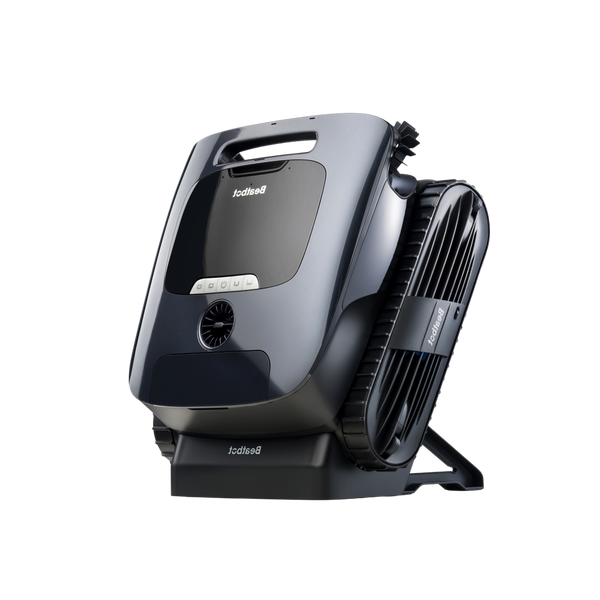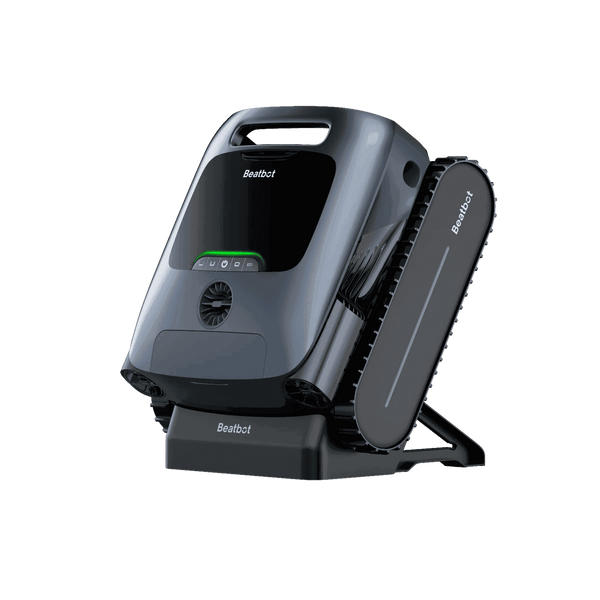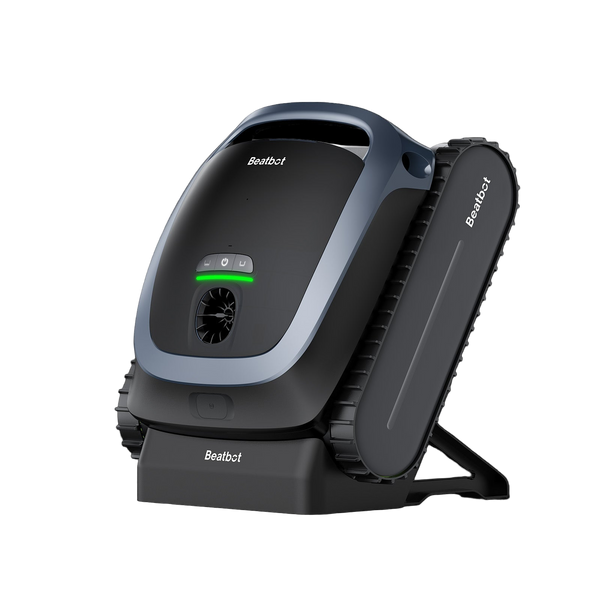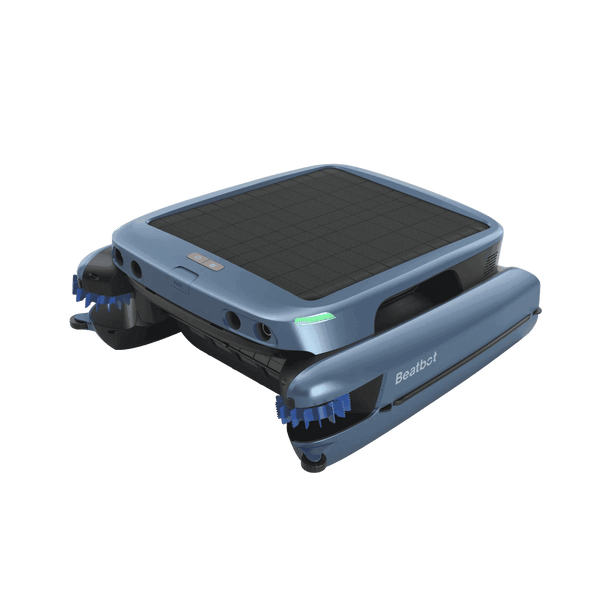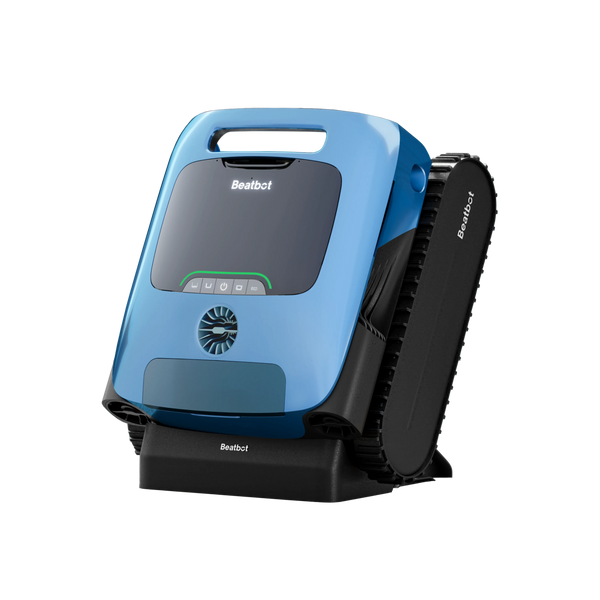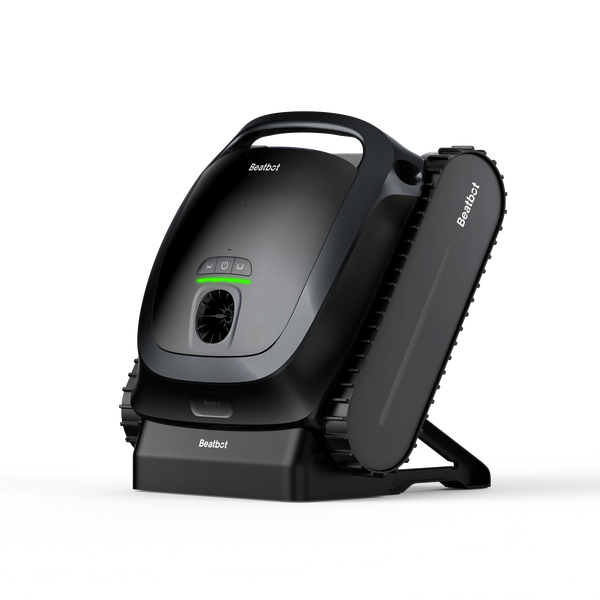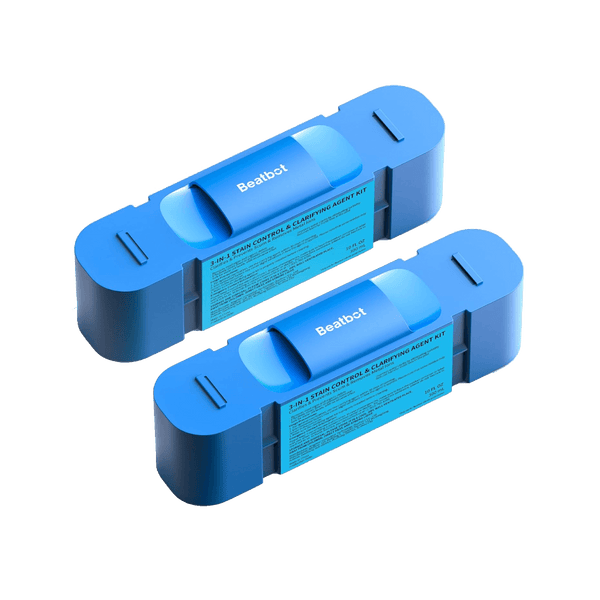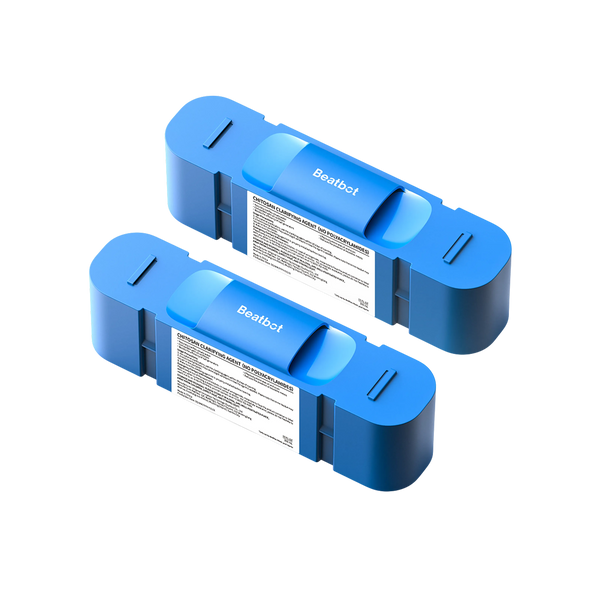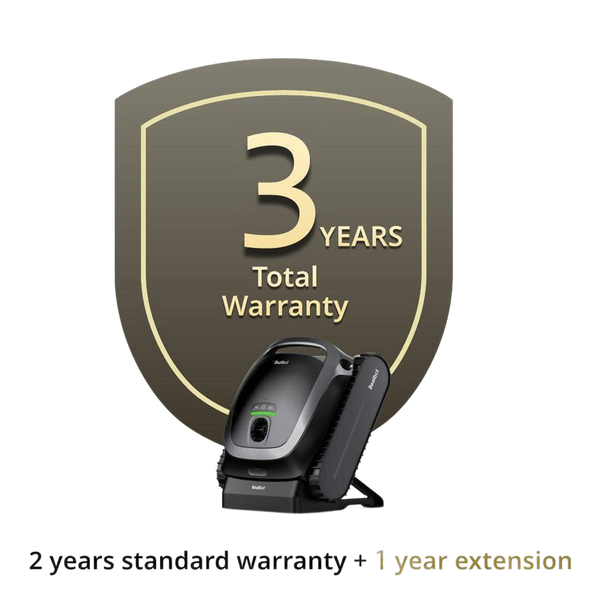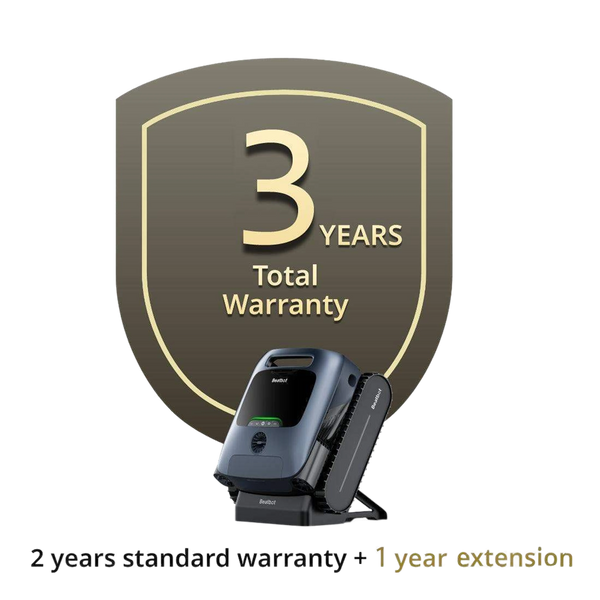3 Steps to Balance Saltwater Pools With Cyanuric Acid
As an alternative to the traditional chlorine pools, saltwater pools have increasingly gained popularity in recent years, for their uncomparable ease of maintenance. They don't require you to add some chlorine tablets; instead, they rely on the pool's own chemical reactions to ensure a balance in chemicals. However, counterintuitively, you still need to add cyanuric acid to a saltwater pool.
Table of contents

Saltwater Pools' Working Principles & How Cyanuric Acid Works
Why? To understand this problem, you may have to know how the saltwater pool works and the role played by cyanuric acid. At their core, saltwater pools and traditional chlorine pools aren't fundamentally different in terms of disinfection: both rely on free chlorine (FC) to kill bacteria, germs, and various algae in the pool water. The only difference is the method of chlorine production—the former generates it naturally, while the latter requires manual addition.Free chlorine can dissipate rapidly without the protection of cyanuric acid. Under the influence of ultraviolet rays, up to 90% of the free chlorine in the pool can be depleted within just two hours. Cyanuric acid can extend the effectiveness of FC by three to five times, which is quite significant, isn't it? Therefore, to ensure the stability of chlorine in the pool, it's necessary to add cyanuric acid (CYA) to the water.
What is the Difference Between Stabilized and Unstabilized Chlorine?
Choosing between stabilized and unstabilized chlorine for your pool may seem daunting, but understanding their distinct characteristics can make the decision straightforward.
Stabilized Chlorine
Stabilized chlorine includes substances like sodium dichlor and trichlor . These chemicals come with Cyanuric Acid already built-in. This makes them particularly suited for outdoor pools. The presence of Cyanuric Acid helps prevent chlorine depletion caused by sunlight, ensuring longer-lasting sanitation.
When using stabilized chlorine, you begin with a slight adjustment: raise your Cyanuric Acid levels to around 30 ppm for freshly-filled pools. Over time, these levels will gradually increase through normal pool usage, so regular testing is essential to monitor and maintain balance.
Unstabilized Chlorine
On the other hand, unstabilized chlorine takes the form of calcium hypochlorite (often called cal-hypo) or sodium hypochlorite (common liquid bleach). These are typically preferred for indoor pools, commercial setups, or for shocking outdoor pools. Unlike their stabilized counterparts, unstabilized chlorines do not contain Cyanuric Acid.
For outdoor use, if unstabilized chlorine acts as the primary sanitizer, you’ll need to add Cyanuric Acid separately. Start by setting Cyanuric Acid levels between 30 and 100 ppm, adjusting as required to maintain optimal pool conditions.
Making Your Choice
Each type of chlorine serves its purpose based on the specific pool environment. Stabilized chlorine is ideal for combating UV exposure in outdoor settings. Meanwhile, unstabilized chlorine is flexible for indoor applications or situations requiring rapid chlorine boosts. Regular monitoring of your pool’s chemical levels will ensure that it remains safe and enjoyable for all users.
How much cyanuric acid do you need to add to a saltwater pool?
Surprisingly, you need to add more cyanuric acid to a saltwater pool than to a traditional chlorine pool. As mentioned earlier, saltwater pools also rely on FC for disinfection, and they produce FC through the reaction of the pool's own salt with water to generate sodium hypochlorite (NaOCl), which also breaks down under UV light. Therefore, when maintaining chlorine in a saltwater pool, you need to consider not only the photodecomposition of FC but also how to maintain sodium hypochlorite. Faced with these dual challenges, the cyanuric acid level in a saltwater pool must be maintained at 60-80 ppm, compared to the standard 30-50 ppm for a traditional outdoor chlorine pool.
How to Add Cyanuric Acid into Saltwater Pools?
Step 1: Assess Your Pool's Current CYA Levels
You should get to know your pool's current levels of CYA and chlorine before adding cyanuric acid. Use test strips or a liquid test kit to check these levels. Based on the results and the volume of your pool, calculate the amount of CYA needed to achieve the desired level.
To maintain optimal water quality in your pool, you should test the Cyanuric Acid levels on a weekly basis. Regular testing is essential because it allows you to spot any potential issues early on, preventing them from escalating.
By keeping a close eye on the Cyanuric Acid levels, you ensure that the chlorine in your pool remains effective. Consistent testing not only preserves the clarity and cleanliness of your pool water but also extends the longevity of your pool's infrastructure.
Consider investing in a reliable pool testing kit from reputable brands like Taylor Technologies or AquaChek. These kits provide accurate readings and make it easier to keep your pool chemistry balanced.
In summary, making weekly checks for Cyanuric Acid a routine part of your pool maintenance will help safeguard both your pool and its users.
Step 2: Add the Cyanuric Acid
There are two forms of cyanuric acid: the powder and liquid. You can choose a suitable one according to your own needs. Follow these tips, and the whole process would be quite straightforward.
- For the granular powder: After measuring the required amount of cyanuric acid, mix it in 5 gallons of warm water, stirring until it is fully dissolved. Slowly pour the solution into the pool, distributing it evenly around the pool to ensure proper mixing.
- For the liquid form: Add it directly to the pool water or through the skimmer. Let the pool's circulation system run for several hours to ensure even distribution.
Step 3: Monitor and Adjust
After adding the cyanuric acid, allow some time for it to dissolve and circulate throughout the pool. Then, retest the water to ensure the CYA level is within the recommended range.
If the level is too low, you may need to add more cyanuric acid. Conversely, if the level is too high, you might need to partially drain the pool and refill it with fresh water to dilute the CYA concentration until it reaches an ideal level.
Regular testing is key to maintaining the right balance, as too much Cyanuric Acid can hamper chlorine's effectiveness, resulting in issues like algae blooms and cloudy water.
Steps to Lower Cyanuric Acid Levels:
Test Your Water : Start by checking the current Cyanuric Acid (CYA) levels with a reliable test kit.
Drain and Refill : If levels are above the recommended range, partially drain the pool, about one foot at a time, and refill with fresh water. This gradual approach helps in effectively diluting the CYA concentration.
Retest After Refilling : Once the pool is refilled, test the water again. You may need to repeat the draining process to achieve the desired CYA level.
Seek Professional Help : If you're unsure about the process or face difficulties, consulting a pool professional can ensure accurate and safe adjustments.
Conversely, if the level is too high, you might need to partially drain the pool and refill it with fresh water to dilute the CYA concentration until it reaches an ideal level. Begin by draining a foot of water at a time. This gradual approach helps manage the pool's chemistry without causing drastic changes.
Once you've added fresh water, test the Cyanuric Acid levels again. This step is crucial to determine if further dilution is necessary. Depending on the initial concentration, you may need to repeat the draining and refilling process multiple times.
By following this method, you ensure that your pool maintains a balanced and safe environment for swimmers.

Conclusion
By following these steps, you can effectively add cyanuric acid to your saltwater pool, ensuring optimal chlorine stabilization and protection against UV degradation.
Relative Blogs
About the author
